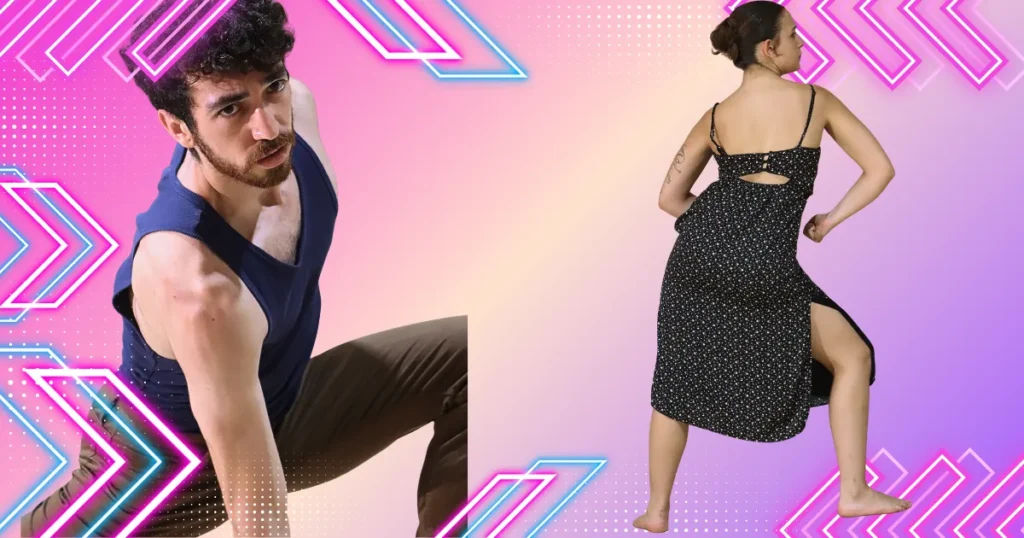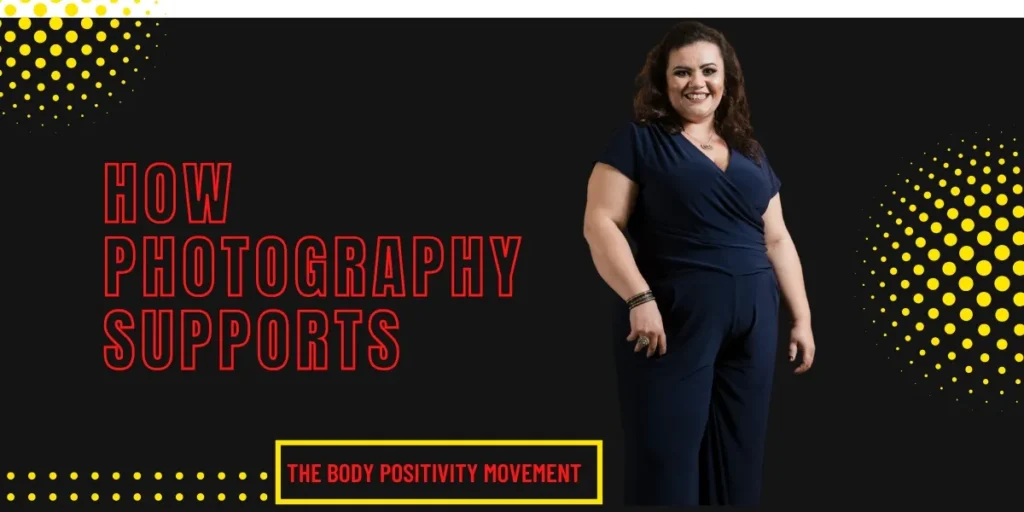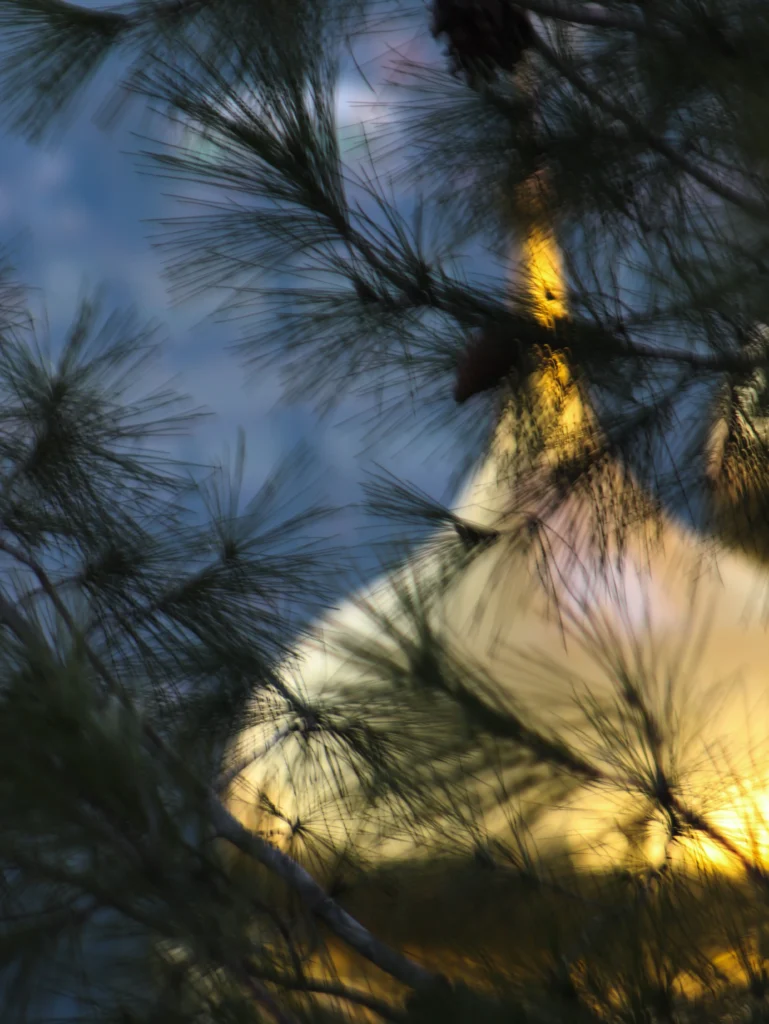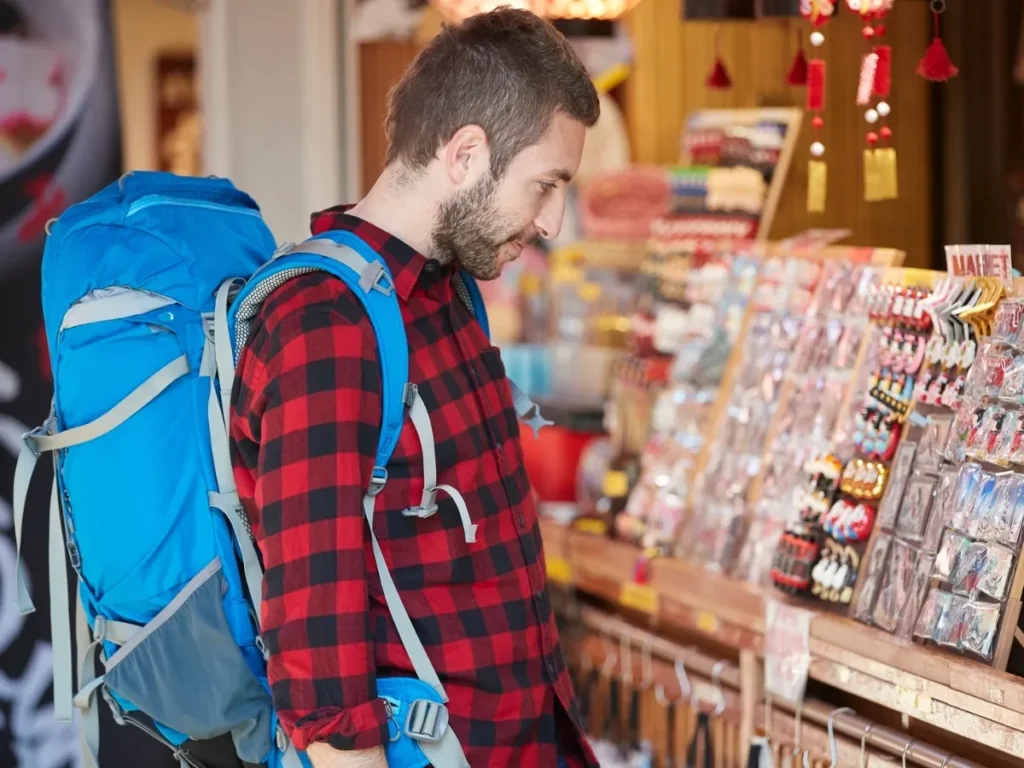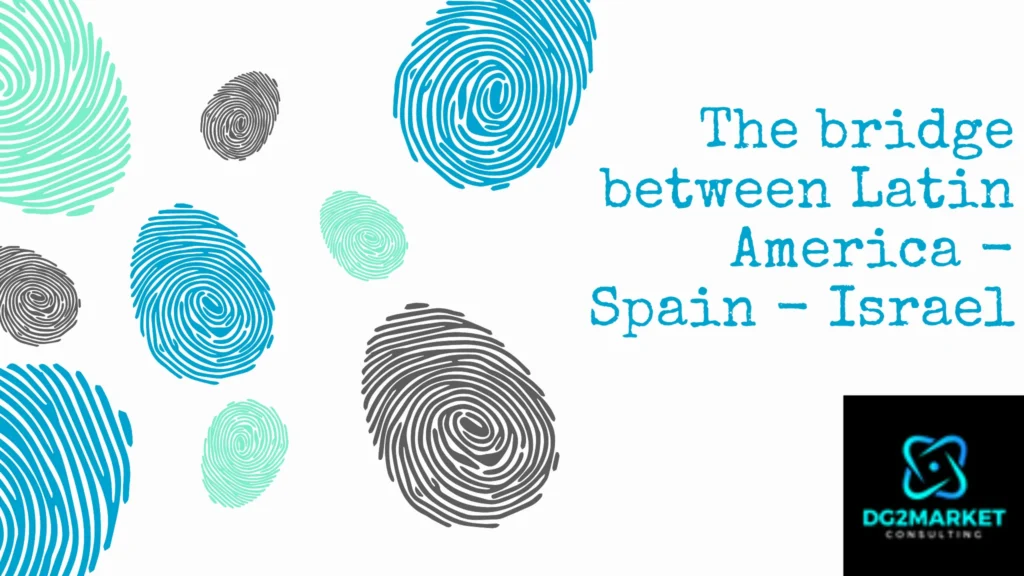Dance Photography: Capturing the beauty of dance through the lens requires more than just a camera. It calls for intuition, timing, and the right photography settings. Dance is a moving art form—a blend of motion, emotion, and storytelling.
Mastering the Art of Dance Photography:
Capturing Emotion and Motion
Capturing the beauty of dance through the lens requires more than just a camera. It calls for intuition, timing, and the right photography settings. Dance is a moving art form—a blend of motion, emotion, and storytelling. To truly preserve these moments, your settings must be spot on, your focus sharp, and your eyes trained to anticipate action before it unfolds.
1. Why Dance Photography Stands Out
Unlike static portrait photography, dance photography demands technical agility. You are not just capturing a person; you’re capturing momentum, posture, grace, and facial expression—all in a split second. A dancer’s body tells a story, and their facial expressions are just as important as their form. Capturing both requires the right tools and techniques.
2. Ideal Photography Settings for Dance
To photograph dancers in action, you need fast shutter speeds. A speed of at least 1/500s is recommended for most performances, but for crisp leaps or spins, 1/1000s or faster is ideal.
Shutter Speed: Fast to freeze motion.
Aperture: A wide aperture (like f/2.8) lets in more light and creates beautiful background blur, keeping the dancer in sharp focus.
ISO: In low-light environments, increase ISO to maintain exposure. However, watch for noise at higher ISO levels.
Using manual mode gives you complete control. Don’t rely too much on automatic settings—dance photography thrives on precision.
3. Lighting in Dance Photography
Lighting is crucial when photographing dance. Whether you’re shooting in a studio or at a live performance, understanding the available light helps you make informed setting choices.
In live settings, stage lights can be dramatic but tricky. They change quickly and vary in color temperature. Use custom white balance or shoot in RAW format to make color correction easier in post-production.
If you’re working in a studio, consider continuous lighting to see how shadows fall in real time. Softboxes and ring lights can help diffuse harsh light and highlight facial features and body lines gracefully.
4. Capturing Emotion Through Facial Expressions
A dancer’s face tells a powerful story. From joy and pain to passion and focus, facial expressions connect viewers to the performance. Zoom in occasionally to catch these fleeting moments.
Use a mid-range telephoto lens (like 70-200mm) to get close without intruding. Focus on the eyes and set your camera to continuous shooting mode to capture expressions at just the right beat.
Facial expressions change in milliseconds during a routine, and one frame can make the difference between a good photo and an unforgettable one.
5. Highlighting the Body in Motion
Body posture and muscle tension define the art of dance. Capturing extension, symmetry, and technique matters as much as timing.
Use wide-angle lenses to photograph group performances or dynamic solo moves. For solo shots, aim to capture the peak moment of movement, like the height of a jump or the extension in a turn.
Experiment with angles—shoot from below to emphasize a leap, or shoot from the side to showcase alignment and balance. The dancer’s body is your subject, but light, shadows, and motion trails are your paintbrush.
6. Editing for Impact
Post-processing is where your photos come to life. Adjust contrast to emphasize body lines, tweak shadows and highlights to add depth, and crop creatively to focus on emotion or action.
Be mindful not to over-edit. The essence of dance lies in its natural grace—retain that authenticity.
Capturing Emotion in Dance Photography
Dance photography is not just about perfect poses or dramatic jumps—it’s about capturing the emotion that fuels every movement. To authentically portray emotion in dance, timing and anticipation are everything. Study the choreography or rehearsal first if possible, so you understand when those emotionally charged moments will unfold. Look for facial expressions, eye contact, hand gestures, and how dancers use body language to convey feelings—whether it’s joy, sorrow, anger, or passion.
Use a fast shutter speed to freeze the moment, but consider experimenting with slightly slower speeds to include motion blur for a more expressive result. Shooting in burst mode can help you catch that one perfect frame that reveals raw intensity. Position yourself where the dancer’s face is visible and well-lit—light is key to emphasizing emotional depth, especially in the eyes and facial muscles.
Don’t be afraid to shoot during quieter moments—sometimes, the calm between high-impact moves reveals the dancer’s internal world. Post-processing can enhance mood by adjusting contrast, warmth, or shadows, but avoid over-editing. Let the emotion speak for itself. Whether you’re shooting a ballet solo or a hip-hop freestyle, capturing emotion adds a powerful storytelling layer to your dance photography portfolio.
Tips for Freezing Motion in Dance
Freezing motion in dance photography requires a combination of technical precision and timing. Dancers move quickly, often unpredictably, so using the right camera settings is essential to avoid blur and preserve the sharpness of the movement.
First, set your shutter speed to at least 1/500 second. For faster styles like hip-hop, breakdancing, or jumps in ballet, go up to 1/1000 or even 1/2000. Pair this with a wide aperture (like f/2.8 or f/4) to allow more light into the lens, and increase your ISO if you’re shooting in low-light venues or studios.
Use continuous autofocus (AF-C or AI Servo mode) to keep your subject in focus as they move across the frame. Burst or continuous shooting mode is also helpful—you’re more likely to capture that peak jump or mid-spin expression when the camera is firing several frames per second.
Lighting is crucial. If shooting indoors, work with stage lighting or portable strobes, and avoid relying solely on ambient light unless your ISO can handle it without excessive noise. Freeze-frame photography demands sharp focus and excellent timing, so rehearse with the dancer when possible, and trust your instincts during live performances.
How to Shoot Facial Expressions in Movement
Facial expressions are often the most emotionally compelling element of dance photography. They connect the viewer to the dancer’s inner world, adding intensity and storytelling depth to each image. But capturing expressive faces during rapid motion requires both skill and strategy.
Start with a fast shutter speed (1/800 or higher) to freeze the dancer’s face mid-motion without blurring. Use a medium telephoto lens (such as 85mm or 135mm) to get close enough to capture facial details without intruding on the dancer’s space.
Pay attention to lighting—soft frontal lighting helps define facial features without harsh shadows. If you’re photographing a performance, time your shots to coincide with well-lit moments. Anticipate expressions based on the choreography, and shoot in burst mode to catch subtle changes in emotion during movement.
Facial expressions tend to peak during pauses, transitions, or climaxes in the routine. Watch for moments when the dancer’s eyes, mouth, or brows reveal emotion. Sometimes a tear, a clenched jaw, or a subtle smile tells the whole story.
During post-processing, enhance contrast and sharpness slightly to make expressions pop—but avoid altering the emotion artificially. Capturing facial expressions in motion elevates dance photography from technical to powerful storytelling.
How to Photograph Fast-Moving Subjects
Photographing fast-moving subjects like dancers requires both preparation and a good grasp of your camera’s capabilities. Whether it’s a high-flying leap, a spinning pirouette, or a sudden drop to the floor, you need speed, precision, and timing.
First, set your camera to manual or shutter priority mode to control motion blur. A shutter speed of at least 1/1000 second is ideal for freezing quick action. Pair this with a wide aperture to maintain a shallow depth of field, which keeps the focus on the subject and adds drama to the image.
Use continuous autofocus and burst shooting mode to track movement and increase your chances of capturing the perfect moment. Predict the dancer’s trajectory and position yourself accordingly—try shooting from a low angle to make jumps look even more impressive.
If possible, pre-focus on a specific area of the stage or rehearsal space where the dancer is likely to perform a key move. This reduces the chance of missing focus during action shots.
Fast-moving subjects benefit from natural or stage lighting that’s consistent and directional. Avoid harsh on-camera flash, which can ruin the aesthetic. Instead, use off-camera lighting or rely on high-performance camera sensors that can handle low-light situations without compromising image quality.
Expressive Dance Photography Ideas
If you want to go beyond technical precision and explore more creative, expressive dance photography, start by focusing on the story you want to tell. Dance is art in motion, and your photography should reflect that fluidity and feeling.
Silhouettes and Shadows: Use backlighting or window light to create dramatic silhouettes that highlight the body’s form and movement.
Slow Shutter + Motion Blur: Let intentional blur convey the speed and emotion of the dance. Ideal for contemporary, lyrical, or freestyle styles.
Studio Concepts: Use fabrics, flowing dresses, or props like chairs or smoke to emphasize grace and movement.
Outdoor Sessions: Shoot dancers in natural environments—urban streets, forests, or beaches—to contrast raw landscapes with polished technique.
Close-ups: Focus on hands, feet, or facial expressions to show the emotion and tension behind every move.
Incorporate storytelling elements: Is the dancer portraying freedom, struggle, joy, or heartbreak? Work with the dancer to choreograph movements that align with the emotion you’re trying to capture.
Experiment with angles—shoot from above for symmetry or from the ground for power. Use color grading in post-processing to enhance the mood and atmosphere of your shots. Expressive dance photography isn’t just about form—it’s about feeling.
Conclusion
Dance photography is one of the most expressive forms of visual storytelling. With the proper photography settings, an eye for movement, and an appreciation for facial expressions and body dynamics, you can capture stunning images that freeze emotion in time. Mastering this genre takes practice, but the reward is a gallery of moments that pulse with life, energy, and soul.

